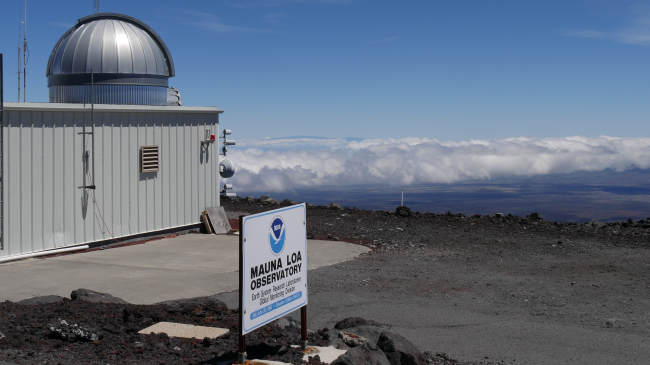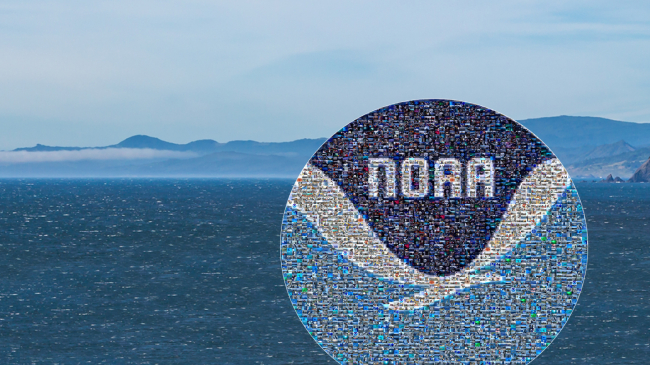By Vice Admiral Michael S. Devany and Dr. Richard W. Spinrad
At McMurdo Station, we were, quite literally, two guys on ice. As guests of the National Science Foundation, we stopped there this month en route to the South Pole. NSF supports scientific research and environmental stewardship, and maintains the U.S. geopolitical presence in Antarctica and the Southern Ocean.

A view of the Southern Ocean from Antarctica’s coast. (Image credit: NOAA)






